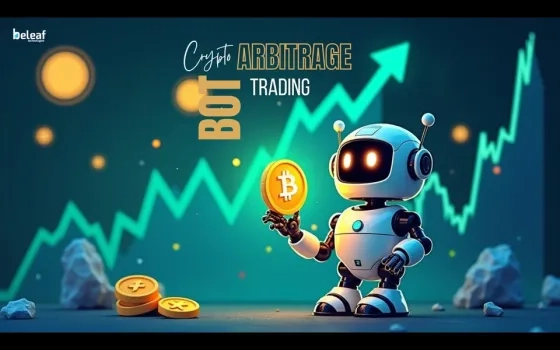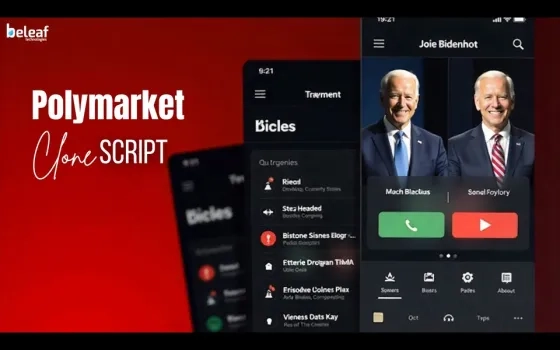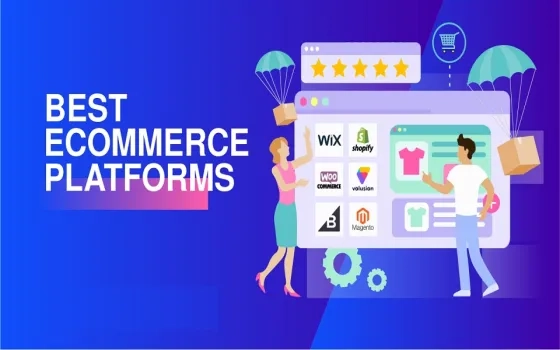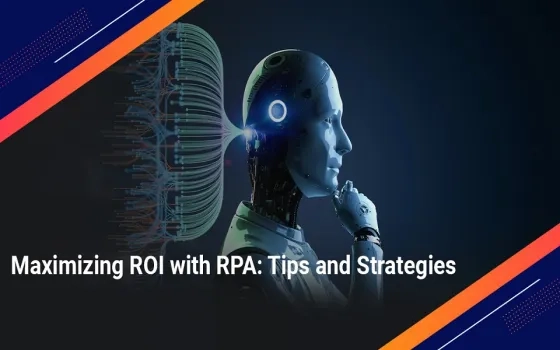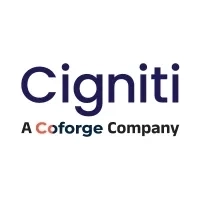It’s always been hot, investors have always got their eyes on the segment, entrepreneurs have always been excited about it, its always been growing and seeing new disruptors and models enter, and it is finally a $1B industry in India. It is the online grocery segment.
“Grocery is not a vertical, nor a category. Grocery is an aggregation of >15 different categories, each with different supply chains, customer needs, price sensitivities, service levels, and business models. For players to win in this segment, they need to master the art of winning across each of these categories”
The online grocery segment in India has seen tremendous action since the last decade, with various models emerging, some succeeding, and the remainder shutting shop. However, the jury is still out, on who will be the leader in the segment and what model will be successful. At Praxis, we have worked with leading players in the internet eCommerce space, and a few within the grocery segment, and by virtue of deep experience in the vertical, have gained insight into how this vertical is different from the traditional eCommerce, and what kind of challenges are unique to this business. In this transcript, I want to summarize some of our deepest learnings and challenges about this space, and how businesses can work to solve them.
1. Offline grocery segment in India is structurally very different compared to other countries: Learnings from existing successful models outside India do not apply to India, let us face it. There are a lot of cultural and structural differences in the grocery industry in India. On one hand, the market is much more disorganized – e.g., inventory tracking and information availability, service levels of retailers, quality of supply chain, health/hygiene, cold chain, etc., but on the other hand, it is quite sophisticated as well in some dimensions – e.g., a multi-tiered supply chain with extremely low costs that already exists, deep and established Kirana and mandi networks, complex and established supply chains of FMCG brands, and entrepreneurship/distributorship driven structure.
2. The above presents unique challenges in the Indian market, not seen in other countries: First, perishability is a big issue given the higher ambient temperatures. Second, the average speed of road transportation is one-eighth of the US. Third, the cost structure of the existing supply chain is already extremely low. Fourth, buying frequency of grocery is 2-3x per week leading to lower spend per basket and smaller basket sizes when compared to the US. Fifth, real estate costs are much higher when compared to per capita incomes and grocery spends. Sixth, given the cultural diversity, the assortments and brands of products keep changing every 100 km one travels. Seventh, >90% of the grocery purchases are unorganized / cash-driven, leading to higher cost levels for organized players.
3. Grocery is not vertical: At the onset, let us accept one thing. Grocery is not a vertical or a category, however, it is a culmination of a variety of categories, each very different from the other. If you look at fruits & vegetables, FMCG, cereals, meat, dairy, etc., all behave very differently – different sales rates, different suppliers, different buying behavior, and different back-end supply chains. Doing online grocery requires a sophisticated eCommerce approach, where your business is able to serve across categories and customer needs.
4. Online grocery needs to be a sum of 3 businesses: The customer behavior in buying grocery comprises of 3 verticals if one does want to look at verticals within online grocery. These are 1) monthly purchases of core items like cereals/staples, spices, FMCG products, kitchen supplies, etc., 2) bi-weekly purchases of fresh items like dairy, eggs, meat, bread, fruits, vegetables, etc., and 3) instantaneous purchases of immediate need items which could be anything from fruits/vegetables to spices. We believe these businesses are completely different businesses as the customer needs, product assortments, service levels needed, supply chain capabilities needed, and price sensitivities of customers, are all different.
5. Driving margins in online grocery are tough: The typical order value of leading players like BigBasket and Grofers is around Rs. 1,400, and the cost to fulfill an order is roughly Rs. 200. Interestingly, this cost does not change much with the value of the order. If you look at the product margins, they are in the range of 5-15% depending upon whether they are served through the marketplace or inventory model. This leads to the entire margins available not being enough to service the variable costs, typically. There are two ways companies can drive profitability – 1) Increase AOVs and 2) Increase margins. Grofers, for example, moved to the monthly purchase model and doubled their AOVs from Rs. 700 to Rs. 1,400. Increasing margins is tougher – as one needs to move to the inventory model and the associated capital risks with the same are higher.
6. Private label is the way to go: Private label brands, of both, BigBasket and Grofers, typically have ~2x margins. BigBasket makes up to 30-40% margins on private label F&V. Both BigBasket and Grofers, are drawing 30-40% of their GMV from private label products. Private label opportunities exist across multiple grocery categories, the most straightforward ones being the more unorganized ones like F&V, Meat, Eggs, Cereals, Dry Fruits, Cleaners, Spices, Health Foods, etc. However, caution needs to be taken in bringing in private label products. Buying and owning the raw material in-house is critical to ensure private label quality and customer stickiness.
7. B2B is an emerging segment: BigBasket does 20% of its GMV with HoReCa and Grofers does 10%. Also, this is a faster-growing segment than the retail segment. There is a clear gap in the fulfillment of small/medium players in the HoReCa segment with quality supplies. More and more players are banking on this opportunity to drive profitability. Critical factors to win in this segment include on-time deliveries, close to zero stock-outs across products, superior quality of fresh produce, and price competitiveness.
8. Newer models for gated communities: There are some newer models emerging e.g., Milkbasket, which are disrupting the fulfillment cost structure of online grocery. Milkbasket is aspiring to reduce the fulfillment cost per order by ~10x (from the current Rs. 200). They are doing this by providing deliveries of fresh/daily needs within gated communities at predetermined time slots. Existing players can leverage this model to reduce own costs and pass on part of benefits to their customers.
9. Loyal customers: Contrary to eCommerce, an online grocery customer is much more loyal. So players can focus on optimizing their marketing spends on the acquisition of customers and less on retention – retention is ensured through good quality of service. From our experience, online grocery shoppers shop ~65% of their grocery needs online, shop ~2 times a month and generally stick to one platform with which they become comfortable.
10. The jury for the most efficient supply chain model is still out: Given how mature the structure of India’s offline grocery supply chain is, the most cost and service-level efficient supply chain for online players is still a problem to solve, unfortunately. Players are trying multiple models., e.g., BigBasket started with 2 tier large warehouses and smaller dark stores, Amazon Now is doing a mostly single-tier “small dark store” only model, Amazon Pantry is being implemented on the traditional multi-tier eCommerce model, Flipkart has started a 1.5 tier “cross-doc” model, Grofers experimented with a 3 tier model, soon moving to a 2 tier model, Milkbasket is doing a gated community delivery model, PayTM has done a completely outsourced and seller driven model, etc. Which model wins, only time will tell, but we do understand that each has its pros and cons.
Given all the above nuances and challenges of the sector, one thing is clear – ownership of inventory is key to control quality in this segment. A lot of players played on a pure marketplace/platform model, and have had limited success. The back-end supply chain is so unorganized, and without any technology, control over SLAs and quality remains a humongous task for online players if they do not have control over the inventory. This is even more true in fresh categories like dairy, F&V, eggs, meat, etc.
At Praxis, we have worked across the depths and breadth of the online grocery segment. If you have any questions or would like to talk to us about this space, we would be happy to share perspectives.
Authored by
Aryaman Tandon, Head, Consumer and Retail Practice, Praxis Global Alliance












